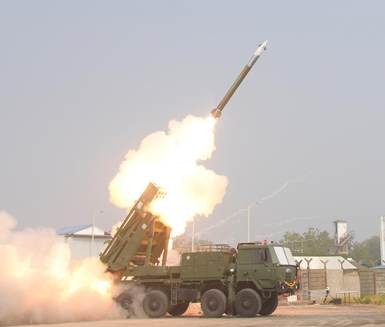



India relies entirely on imports for germanium, crucial for electronics and defense. To reduce dependency, it must engage diplomatically with China, diversify suppliers, invest in R&D for extraction from zinc and coal ash, promote recycling, and strengthen policy support through schemes like the Critical Minerals Mission to secure strategic resources.

Copyright infringement not intended
Picture Courtesy: THE HINDU
India engages with China to address export restrictions on germanium.
Germanium, with the chemical symbol Ge and atomic number 32, is a silvery-gray metalloid in Group 14 of the periodic table, sitting between silicon and tin.
It resembles silicon in its chemical and physical properties, a diamond-like crystalline structure.
Stable in air and water, germanium resists most alkalis and acids, except nitric acid.
Application
Germanium occurs in nature but never in its free form due to its reactivity.
Global Production
China leads the world in germanium production, accounting for about 60% of the global supply. Other producers include Canada, Finland, Russia, and the United States.
India lacks domestic germanium production and depends entirely on imports. Recent Chinese export controls have forced Indian importers to source germanium through intermediaries, such as suppliers in the UAE, inflating costs.
|
Dependency exposes India to supply chain vulnerabilities, especially during geopolitical tensions. |
Strengthen Diplomacy => Continue engaging China to ensure stable germanium supplies while exploring multilateral forums to address critical mineral trade.
Diversify Supply Chains => Build partnerships with Canada, Finland, and Russia to reduce dependence on Chinese imports.
Invest in R&D => Develop technologies to extract germanium from zinc ores and coal fly ash.
Promote Recycling => Establish facilities to recycle germanium from electronic waste and solar panels, reduce import dependency.
Policy Support: => Expand schemes like the Critical Minerals Mission to prioritize germanium and other strategic minerals, ensuring incentives for exploration and processing.
Must Read Articles:
CRITICAL AND STRATEGIC MINERALS
NATIONAL CRITICAL MINERAL MISSION
Source:
|
PRACTICE QUESTION Q. "Critical minerals are the new oil of the 21st century." Critically analyze. 150 words |









© 2026 iasgyan. All right reserved